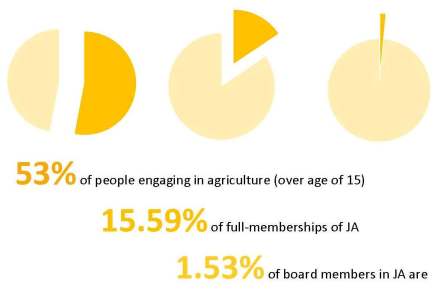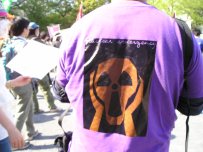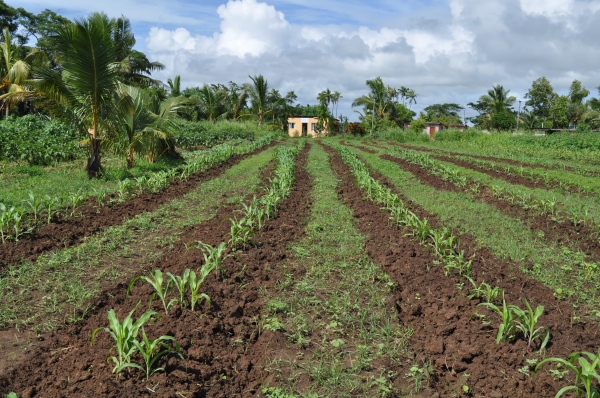
Damages caused by the twin floods in 2012 cost Fiji government US$39mil. Donors provided 6.5mil to assist its humanitarian response and recovery. (Humanitarian Bulletin Pacific – OCHA)
Overall aid assistance to Fiji increased in 2011 and reached 5.2% of the total government budget. Its major donor countries used to be Australia and EU while China significantly increased its assistance after the 2006 military coup and China is projected to be the largest donor for 2011. (Ministry of Foreign Affairs and International Cooperation)
At the global discussions and negotiations on climate change, I would expect Fiji, as part of AOSIS and a member of Pacific Island Forum, to advocate for significant emission reductions by the historical and current major emitters while expecting larger financial contributions to be made by the historical emitters as their climate debt.
Fiji, as a chair of G77, has now more role to play in the global climate change talk coordinating diverse positions, political relationships and economic interests including its own.
Disaster is part of our life
Torrential rains caused by tropical depressions caused widespread flooding in January and March 2012. The flooding caused significant damage, particularly to areas of the Western Division. The amount of damage totaled more than 39 million. The same areas were hit by the tropical cyclone Evan in December, which again damaged the roads, markets, houses, farms and others recovering from the earlier flooding.
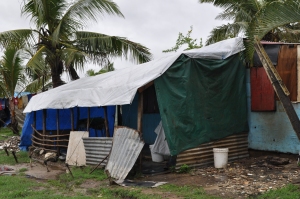
“One thing you must remember, disasters such as floods should be part of your life and we should accept it now, because it will not stop and will continue to come,” Divisional Planning Office Western (Fiji), Luke Moroivalu said. (UNDP Fiji)
Same to you, Governments. You must remember disasters should be part of your life – legislation, policies and institutions need to be ready to make sure human rights are respected, protected and fulfilled in facing the flooding.
It is not only that you make sure the basic needs of people are met during the emergency but also, at normal time, you have to improve the situation of most marginalised sector in society, people in informal settlements, unemployed, landless, with disabilities, in remote areas without access to basic services, etc. who are the most affected when disasters occur.
Pacific Humanitarian Team (PHT), at its lessons learnt meeting from the Fiji floods responses, reported the challenge of evacuation centers not having adequate access to water and basic sanitation and suggested the government to develop a criteria for the selection of evacuation centers to ensure they meet basic WASH needs.
Another main challenge the Protection Cluster of PHT faced was the lack of an official protection structure within the authorities and the partners on the ground, which impeded a holistic approach.(Humanitarian Bulletin Pacific – OCHA)
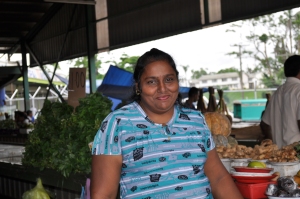
Gangamma is one of the affected by the floods, deprived of her livelihood for a while. She sells vegetables in the Nadi municipality market since 2007. She is a mother of three children at home. When the level of rain water reaching higher she took her baby and sat on the rooftop of her house. She and her family were eventually moved to an evacuation centre.
She recalled that the most difficult thing during and after the flooding was to secure food for her family. She needed cash to buy vegetables to sell at the market and buy food for her family. She could not come to the market because the roads to the market were damaged. “Only one packet of milk was distributed as a relief supply in a week, which was just enough for a baby for only a couple of days. Adult can eat other things but babies can only eat milk,” she said.
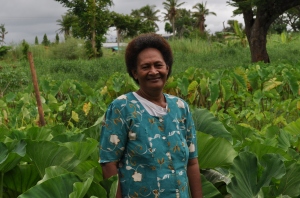
Ivamere lives in Corociri settlement with her family including her 11 grand children. She and others in the settlement till the land lent from a chief of other village. Most of the crops were damaged by the floods but there were some crops and vegetables left in the farm which sustained the farmers and their families.
“We kept working on the farm, clear the land and plant again. Nothing special,” said Ivamere.
Fiji as a chair of G77
Ms. Christina Figueres, Executive Secretary, United Nations Framework Convention on Climate Change visited Fiji and assured Fiji of its support during Fiji’s tenure as chair of the United Nations Group of 77 (G77).
“We (Costa Rica) have been chair of the G77 once and we know the challenges it brings to the table. It is very hard because the dynamics of the G77 now has really changed as it was five or six years ago…It is more fractured now and Fiji will have to bring all these developing countries together and also represent the group to development partners and umbrella groups,” said Figueres. (source)
Fiji enjoys another big support within G77 for its chairmanship through its close friendship and mutual interest with China.
China assured its support to Fiji’s chairmanship in G77:
Xie Zhenhua, vice chairman of China’s National Development and Reform Commission, met Ambassador Peter Thomson in New York. Xie “took the opportunity to acknowledge Fiji’s effective work in maintaining G77 unity across the broad range of issues that the G77 is active on this year. At the same time, he assured Ambassador Thomson of China’s active and constructive role in supporting Fiji’s Chairmanship of the global body”. (source)
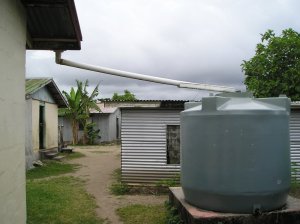
Fiji seems quite confident in expressing its prioritizing the relationship with China:
In a speech given on Tuesday to the Pacific Islands Society at the School of Oriental and African Studies (SOAS), the Fiji High Commissioner to the United Kingdom, Mr. Solo Mara, argued that the Pacific Islands region has a ‘voice that is beginning to be recognized on the global stage’ as it emerges as a possible “geo-strategic political pitch for the super-powers, particularly China and the United States.”
On the other hand, the High Commissioner said China was a “sincere development partner” that has demonstrated a sustained commitment in the region and “stepped in when other western development partners, such as the (United States) and the (United Kingdom), withdrew.” From this perspective, he called “improved and closer relations with China … an inevitable progression” and said that China had been more effective than Australia at filling “the vacuum” left when other western development partners pulled out. (source)
China demonstrated its support for Fiji particularly following the 2006 coup in which military leader seized power from the elected government while major western donors were critical on the slow democratic process made by the interim government.
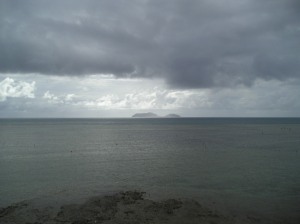 China also shows its interest in other pacific island developing countries:
China also shows its interest in other pacific island developing countries:
The White Paper notes that China’s grant aid has doubled since 2005, and it now has a much larger concessional loan program than previously (p.248). In late September 2012, Papua New Guinea obtained a $A2.8 billion loan from China to improve the country’s infrastructure, particularly to upgrade the Highlands Highway and airports. More broadly, China had pledged more than $600 million since 2005 in ‘soft loans’, offering long interest-free periods to nations such as Tonga, Samoa and the Cook Islands. It also stepped up its aid to Fiji. (source)
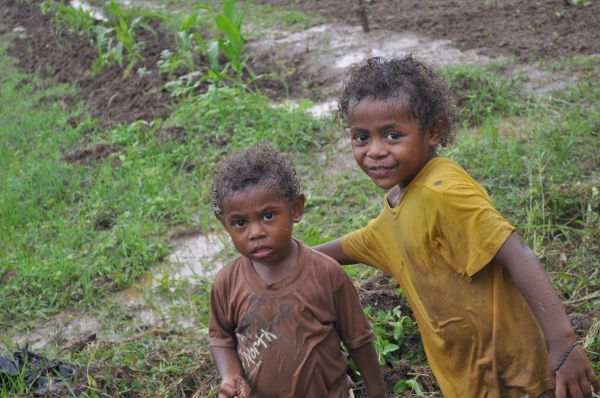
Money matters, as far as it is reducing the GHGs being emitted and accumulated, as far as it is to ensure all human rights of all people including the right to development. It is clear that human rights obligations cannot be met by each individual state. And it is clear that the development path of the country cannot be driven by small portion of people for their own interests with their political and economic power.
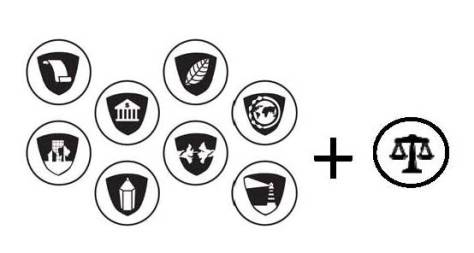 We have learnt that women’s participation in decision making at local level is as important as at national level for gender just and inclusive disaster recovery, risk reduction and management.(“Are women wives and mothers to cook and care? Lessons learnt through two mega-earthquakes”)
We have learnt that women’s participation in decision making at local level is as important as at national level for gender just and inclusive disaster recovery, risk reduction and management.(“Are women wives and mothers to cook and care? Lessons learnt through two mega-earthquakes”)
